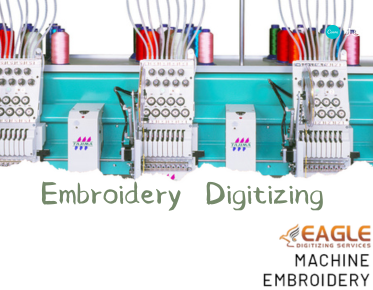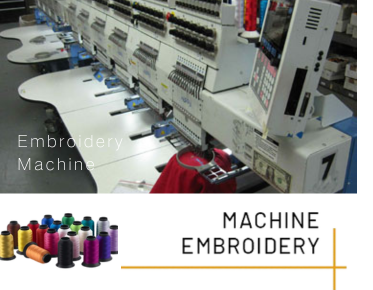Transforming Low-Resolution Hand-Drawn Images into High-Quality Embroidery Files
Embroidery digitizing is a fascinating process that transforms artwork into a format that embroidery machines can read. This is particularly useful for converting low-resolution hand-drawn images into high-quality embroidery files. The process involves several steps, each crucial to ensuring the final product is both visually appealing and machine-ready.
Understanding the Basics of Embroidery Digitizing
Embroidery digitizing is the art of converting artwork into a stitch file that can be read by an embroidery machine. This process requires specialized software and a keen eye for detail. The digitizer must decide on the stitch type, direction, and density to ensure the design is both aesthetically pleasing and functional. For those new to this field, understanding the basics of embroidery digitizing is essential before attempting to convert any artwork.
Preparing Your Hand-Drawn Image
The first step in converting a hand-drawn image into an embroidery file is to prepare the image. This involves scanning the image at a high resolution to capture as much detail as possible. If the image is low-resolution, it may need to be enhanced using graphic design software to ensure clarity. This step is crucial because the quality of the initial image directly impacts the quality of the final embroidery file.
Choosing the Right Software
Once the image is prepared, the next step is to choose the right embroidery digitizing software. There are several options available, each with its own set of features. Some popular choices include Wilcom, Hatch, and Pulse. These programs allow users to import images, trace them, and convert them into embroidery files. It's important to choose software that is compatible with your embroidery machine and offers the features you need for your specific project.
Digitizing the Image
With the software in place, the next step is to digitize the image. This involves tracing the image using the software's tools and converting it into a series of stitches. The digitizer must decide on the type of stitches to use, such as satin, fill, or run stitches, and the direction and density of these stitches. This step requires a keen eye for detail and a good understanding of how different stitches will look when embroidered.
Testing the Design
After the image has been digitized, it's important to test the design. This involves stitching out the design on a piece of fabric to see how it looks and make any necessary adjustments. Testing is a crucial step because it allows the digitizer to see how the design will look when embroidered and make any necessary changes to improve the final product.
Working with Professional Services
For those who are new to embroidery digitizing or who want to ensure the highest quality results, working with a professional service like Eagle Digitizing can be a great option. Eagle Digitizing offers a range of services, including digitizing for 3D Puff, left chest logos, and more. Their team of skilled digitizers is experienced in using all digitizing software with maximum accuracy, ensuring that every design is of the highest quality【4:5†source】.
Advantages of Professional Digitizing Services
Professional digitizing services offer several advantages. They have the expertise and experience to handle complex designs and ensure that the final product is both visually appealing and functional. Additionally, they often offer quick turnaround times and revisions to ensure complete customer satisfaction. For example, Eagle Digitizing provides free quotes and revisions, ensuring that clients are completely satisfied with the final product【4:6†source】.
Future Trends in Embroidery Digitizing
As technology continues to advance, the field of embroidery digitizing is likely to see several exciting developments. From more advanced software that offers greater control and precision to new techniques that allow for more complex and detailed designs, the future of embroidery digitizing is bright. For those interested in this field, staying up-to-date with the latest trends and technologies is essential to ensure the best possible results.
Conclusion
Converting low-resolution hand-drawn images into high-quality embroidery files is a complex process that requires a good understanding of both the art and science of embroidery digitizing. Whether you're a hobbyist looking to create custom designs or a business looking to offer embroidery services, understanding the basics of this process is essential. For those who want to ensure the highest quality results, working with a professional service like Eagle Digitizing can be a great option. As the field continues to evolve, staying up-to-date with the latest trends and technologies will be key to success.


.png)
